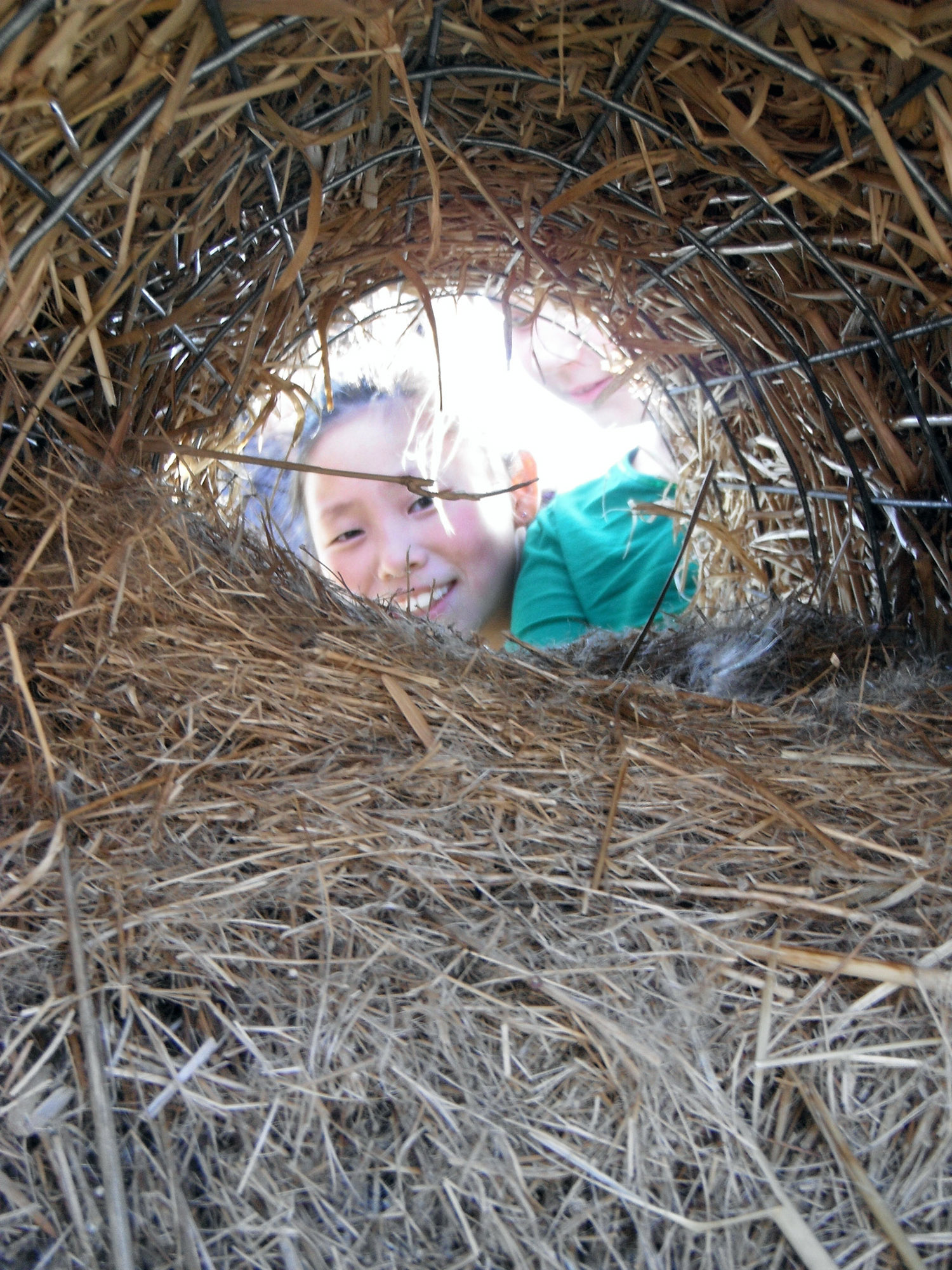And Tuesday a bill was introduced in the House Natural Resources Committee that aims to put more ducks in the marsh and in the sky. The HEN Act would provide up to $1.5 million annually for the construction and maintenance of hen houses, wire-and-straw cylinders that can greatly boost the nesting success of ducks. The bill — the acronym stands for Habitat Enhancement Now — sponsored by Rep. Michelle Fischbach (R-MN) and co-sponsored by Rep. Mike Thompson (D-CA), would also provide up to $1.5 million annually for incentives to boost duck brooding habitat in California’s rice belt.
The hen-house portion of the bill could contribute to an initiative led by Delta Waterfowl to produce another one million birds annually for the benefit of hunters and wildlife watchers, says John Devney, chief policy officer for Delta Waterfowl.
“There’s been a lot of great work out there conserving habitat, delivered by Ducks Unlimited, Pheasants Forever, our federal partners, and state and provincial agencies,” says Devney. “But as robust as the funding streams are for those habitat programs, we recognize that we can’t have as many ducks as we’d like in an environment of declining wetland resources and declining nesting cover and declining nest success. So instead of trying to reprioritize dollars going to the high and good uses of habitat, we wanted to create a funding mechanism to do a little more of these intensive treatments that we know have big results and significant outcomes in terms of ducks produced.”
That includes hen houses, which when placed in areas with high mallard density, can boost nest success by 60 percent.
Devney notes that the species that benefits most from hen houses is the mallard.
“We’re talking almost all mallards, simply because mallards have the most elastic breeding strategy,” he says. “Pintails and gadwalls don’t climb into hen houses. There’s a reason that mallards are the most abundant duck in North America. It’s because they have more pliability in terms of their nesting strategy, and these physical structures give them an alternative from nesting in the grass or in the bush, as they often do in the prairie and Canadian Parklands regions.”

According to the legislation, up to $1.5 million in federal funds overseen by the Secretary of the Interior would be available annually through 2027 for competitive grants to “build, strategically place, and maintain Hen Houses for the purpose of improving waterfowl nesting success rates.”
Another $1.5 million would be available annually through 2027 to private landowners “to establish nesting cover, create or restore brood ponds and provide brood water… to enhance production of mallards, gadwalls and other breeding ducks in California.”
Devney says the waterfowl production bottleneck in much of the Golden State is brood survival.
“When conditions are right, and the flooded rice fields in California are growing up and choked with emergent vegetation at the time that duck broods are coming off, production can be impressive,” he says. “But if you get a mismatch of timing, then those flooded fields aren’t available and broods are in irrigation ditches with every predator in the free world picking them off, whether a heron or an osprey or a hawk or a red fox. This funding would create incentives for landowners to maybe shift their water management timing or invest in peripheral cover for brooding ducks.”
Devney says the HENS Act would provide a small amount of public funding to amplify Delta Waterfowl’s “Million Duck Campaign,” which intends to add a million ducks to every fall flight by investing in habitat, predator control, and hen houses.
“Our research is pretty solid that if we can build 110,000 hen houses across the most productive parts of the Prairie Potholes and Canadian parklands, we can add a million mallards to the flyway every year,” says Devney. “Internally, we’re well on our way to developing a $250 million endowment that will fund this initiative perpetually, and this is an important recognition that the effort has the support of Congress.”
Duck Stamp Modernization Act Signed into Law
Meanwhile, the Duck Stamp Modernization Act, which passed the Senate unanimously in July and passed the House last week on a 403-20 vote, was signed this morning by President Biden.
The bill allows hunters and federal duck stamp buyers to purchase their physical stamp at a local post office or other brick-and-mortar location. But it also allows hunters to buy an electronic duck stamp, and to immediately satisfy the legal requirement to have that federal license in the field.
“Once the President signs the bill into law, we will immediately transition to working with the Fish and Wildlife Service to ensure this legislation is implemented for the 2024 to 2025 hunting season,” says Taylor Schmitz, director of federal relations for the Congressional Sportsmen’s Foundation. “Implementing the Duck Stamp Modernization Act and other legislation is where the rubber meets the road. Our hope is that FWS can implement this legislation by the time the 2024 to 2025 federal duck stamp goes on sale in June 2024 so waterfowl hunters can fully take advantage of a 21st century e-stamp process. In terms of implementing legislation, this should be a simple one.”
Read Next: 2023 Waterfowl Survey Results Show Sliding Mallard Numbers, Resurgence of Pintails
Schmitz noted that natural resource legislation is one of the rare bipartisan bright spots in this Congress.
“There have only been 27 bills signed into law in the first half of the 118th Congress,” he says. “Two of which, or seven percent, have been priorities for our community. That includes the Duck Stamp Modernization Act and the Protecting Hunting Heritage and Education Act, which provided the fix to hunter education funding. To put that in perspective, in the same time frame during the last divided Congress [the 116th Congress], there were 105 bills signed into law in the first session.”
